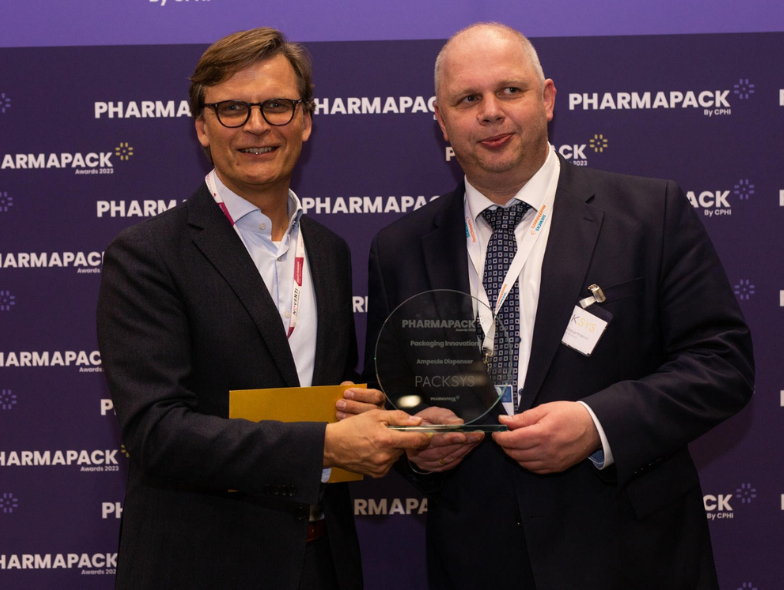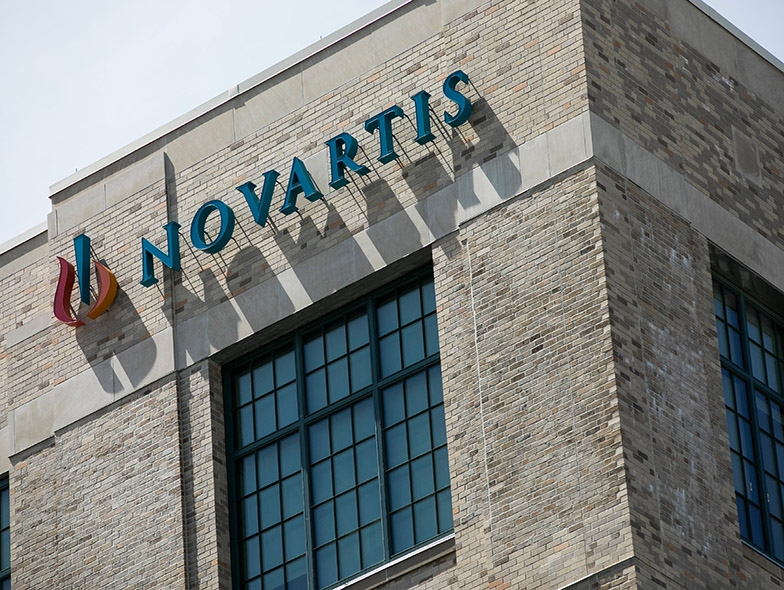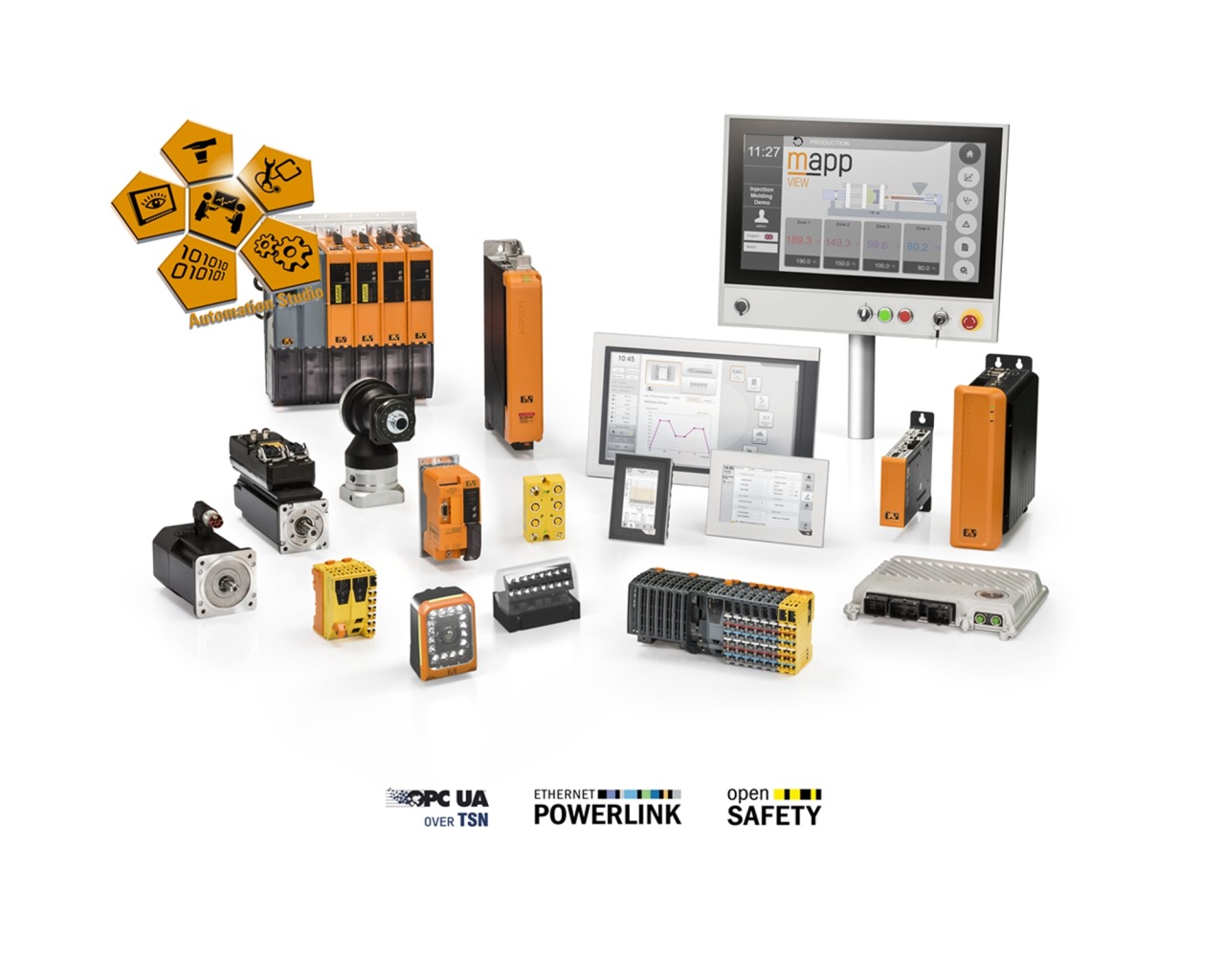Pharmapack 2023: Session interview – AST on Robotics in Aseptic Fill/Finish
.png)
Pharmapack 2023 showcased a number of sessions on the key topics in the industry, from conference sessions to workshops, presented by experts in the field.
In this interview from the event, Digital Editor Lucy Chard spoke to Josh Russell, Vice President, Sales and Marketing, from AST regarding his session on The Advantages of Robotics in Aseptic Fill Finish as part of the Large Volume Drug Delivery & Combination Products track.

Please can you give a brief introduction to your presentation on robotics in aseptic fill/finish
The presentation highlights how the use of robotics is solving many of the more difficult challenges facing drug product manufacturing in the emerging Advanced Therapy and Medicinal Products (ATMP) arena including cell, gene, and viral vector manufacturing.
Why is it important that the industry starts incorporating robotics/automated systems into their processes?
The current methods used for producing ATMP products today are hindered by a high degree of exposure to human-generated contamination during their production process. This is primarily because these products are made in lower quantities than traditional biologics and have many more unique processing steps. With the clinical advancement of many of these therapies the ATMP industry needs to make productivity improvements with a corresponding increase in product quality by eliminating every possible contamination exposure point. Robotics automate these challenging and highly risky process operations while enhancing productivity, making them an ideal solution in overcoming these current and future production challenges.

The ASEPTiCell® robotic fill/finish system from AST.
What are the challenges posed by doing so? And how do you plan to overcome these challenges?
The most significant challenge is harmonizing the variety of manufacturing processes used for manufacturing ATMP products. The industry is still relatively new and therefore just enough thought is given to produce clinical trial products, but without much forward thinking on commercial manufacturing at greater scales. AST has been working with many of the leading ATMP companies and have developed standardised modular systems that can be configured to best match the processing needs of each product application. This modular approach reduces costs, schedule, and technical risk with the manufacturing platform allowing the users of AST systems to meet production and quality goals quickly and cost effectively.
You spoke about making ATMP products zero waste, how important is this aspect in development, especially considering the industry wide push for lessening the environmental impact?
There are two types of waste that you are speaking to. The first is concerning the making use of all of the drug product available and the second is about the amount of disposable material that is used in the production process that is discarded after a batch is completed. Both are concerning issues. The presentation highlighted that these products have extreme value. Personalised autologous therapies use patient supplied materials like white blood cells and platelets taken from them known as apheresis material. Given that a producer of an autologous product has only the material drawn from the donor and patient it is critical that waste is all but eliminated to the greatest degree possible during the process. There are several machine operations during the filling process that have historically generated waste. An example is calibration of the dosing pumps to ensure that the proper amount of product is dispensed into each container. By integrating real-time fill weight measurement to calibrate the pumps the valuable product can be filled to the specified weight and volume requirements while the pumps are being calibrated. This example shows how advancements in automation are helping to eliminate waste points during the manufacturing process.
The second point of environmental impact is separate from drug product waste noted before, but is still one to contend with. Many ATMP manufacturers are stepping up to address this issue and have seen first-hand a few donating their waste, which is later repurposed into construction materials and outdoor products. This creative approach is going to have a positive impact on the environment.
There has been a lot of shifts in regulations over the past few years, but this can still be quite a hurdle for companies to work with, how does robotics make this process more achievable?
The presentation highlighted strong endorsements recently made within the current revision to Annex I by the EMEA encouraging the use of robotics; automation with isolator-barrier technology. The union of these technologies meets the regulatory goals of eliminating the most abundant source of error and contamination –the people involved within the aseptic manufacturing processes. Where sterility is absolutely necessary by regulation the benefits of robotic systems with isolator-barrier technology is obvious and quickly becoming the standard for manufacturing platforms.
Pharma 4.0 is being worked into manufacturing processes, do you think robotics is going to be a critical feature of this progress?
Robotics and automation more broadly will be necessary to achieve the full benefits of Pharma 4.0. More importantly than the robots themselves will be the sensor and AI systems that drive the robotic systems. These systems will be interconnected within a broader network of systems that will drive the robotic systems to produce the right product at the right time.
Do you have any further comments?
AST is on the forefront of bringing robot aseptic systems to the industry. Making these systems easy to operate, understand, and maintain are often overlooked aspects that are critical to long-term consistent operation. AST robotic systems have minimised mechanical features, which have the benefits of a simpler machine to clean that enhances sterility assurance; fewer change parts providing rapid change over times from one product to the next; and robotics eliminates common mechanical systems that require constant maintenance attention.
We are encouraged by the rapid uptake by the industry in embracing robotic systems to overcome industry challenges and excited for what the future holds.
Related News
-
News On Track at Pharmapack 2024 - The Track Sponsor interview: BD Pharmaceuticals
January 2024 brings both a new year and Europe’s leading packaging and drug delivery event. Bringing the world’s experts in pharmaceutical packaging together in Paris, France, Pharmapack 2024 brings exciting opportunities to learn and colla... -
News CPHI Online Webinar Series – The CPO Perspective: Driving Healthcare Sustainability
Pharmaceutical contract packaging organisations (CPOs) offer organisations broader expertise in pharma packaging, specialist skills, and flexibility with time, efficiency, and costings for pharmaceutical companies lacking in-house packaging expert... -
News Pharmapack Europe 2023 Award Winners – ATB West for Patient Centric Design
We interview the winners of the Pharmapack Europe Awards 2023, who were chosen by a jury, and each developed an innovative solution in the categories of Drug Delivery Innovation, Packaging Innovation, Sustainability Initiative, Eco-Design, and Patient-... -
News Pharmapack 2023: Session interview – Terumo on integrated CDMO solutions
Pharmapack 2023 showcased a number of sessions on the key topics in the industry, from conference sessions to workshops, presented by experts in the field. -
News Pharmapack 2023 – Take the Start-Up innovation tour
At Pharmapack 2023 in Paris we debuted a new and improved Start-Up Hub. The Hub included several start-up companies we are looking to support and make the event more accessible. -
News Pharmapack Europe 2023 Award Winners – PACKSYS GmbH for Packaging Innovation
We interview the winners of the Pharmapack Europe Awards 2023, who were chosen by a jury, and each developed an innovative solution in the categories of Drug Delivery Innovation, Packaging Innovation, Sustainability Initiative, Eco-Design, and Patient-... -
News Women in Pharma – Karin von Kienlin Pharmapack 2023
This year at Pharmapack 2023 in Paris, France, the CPHI Online team interviewed several leading women in the pharmaceutical industry about what it means to be a woman working in this field. -
News Pharmapack 2023: Session interview – BD Pharmaceutical Systems on de-risking combination product development
Pharmapack 2023 showcased a number of sessions on the key topics in the industry, from conference sessions to workshops, presented by experts in the field.
Recently Visited
Position your company at the heart of the global Pharma industry with a CPHI Online membership
-
Your products and solutions visible to thousands of visitors within the largest Pharma marketplace
-
Generate high-quality, engaged leads for your business, all year round
-
Promote your business as the industry’s thought-leader by hosting your reports, brochures and videos within your profile
-
Your company’s profile boosted at all participating CPHI events
-
An easy-to-use platform with a detailed dashboard showing your leads and performance
.png)
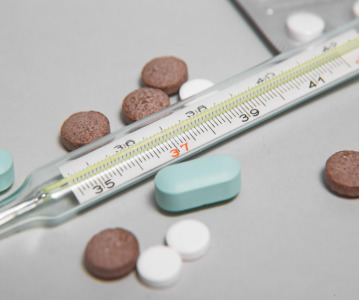



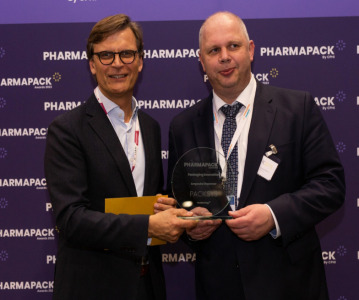

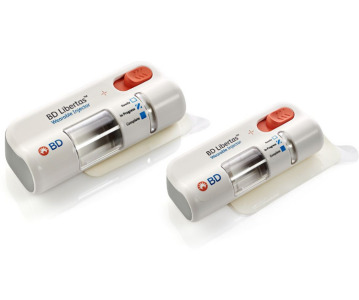

.png)
